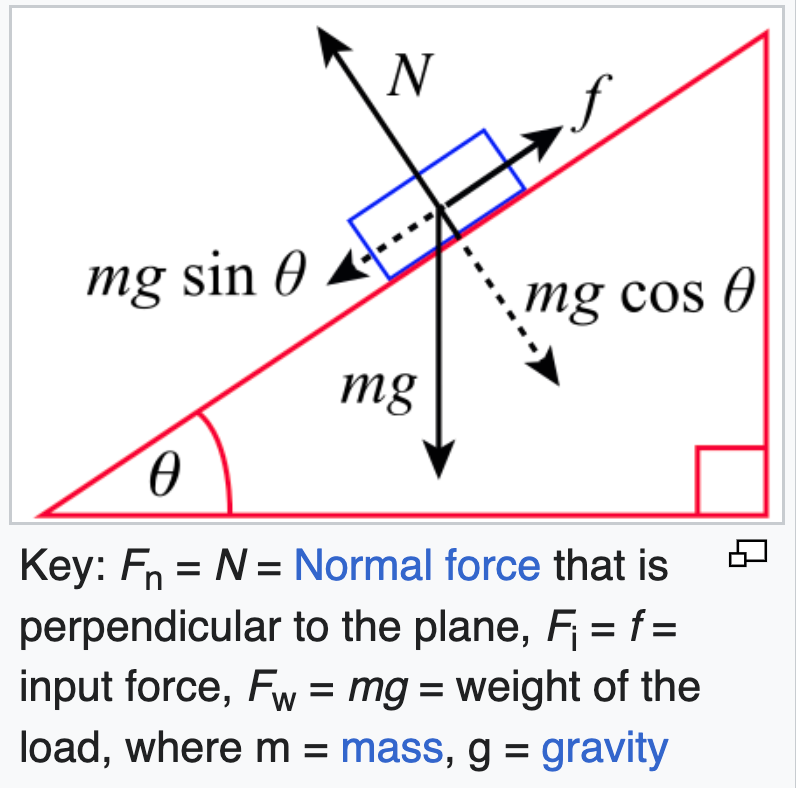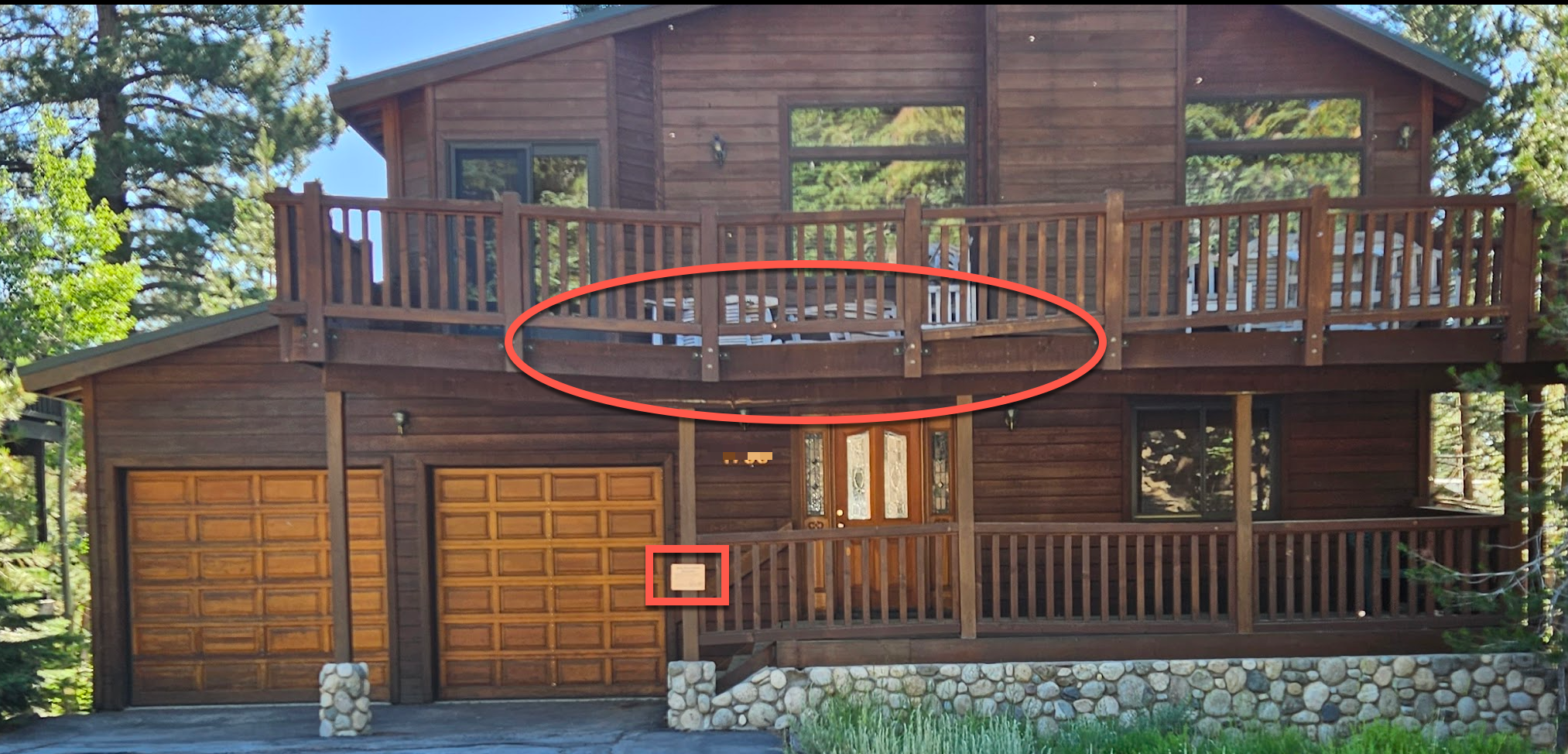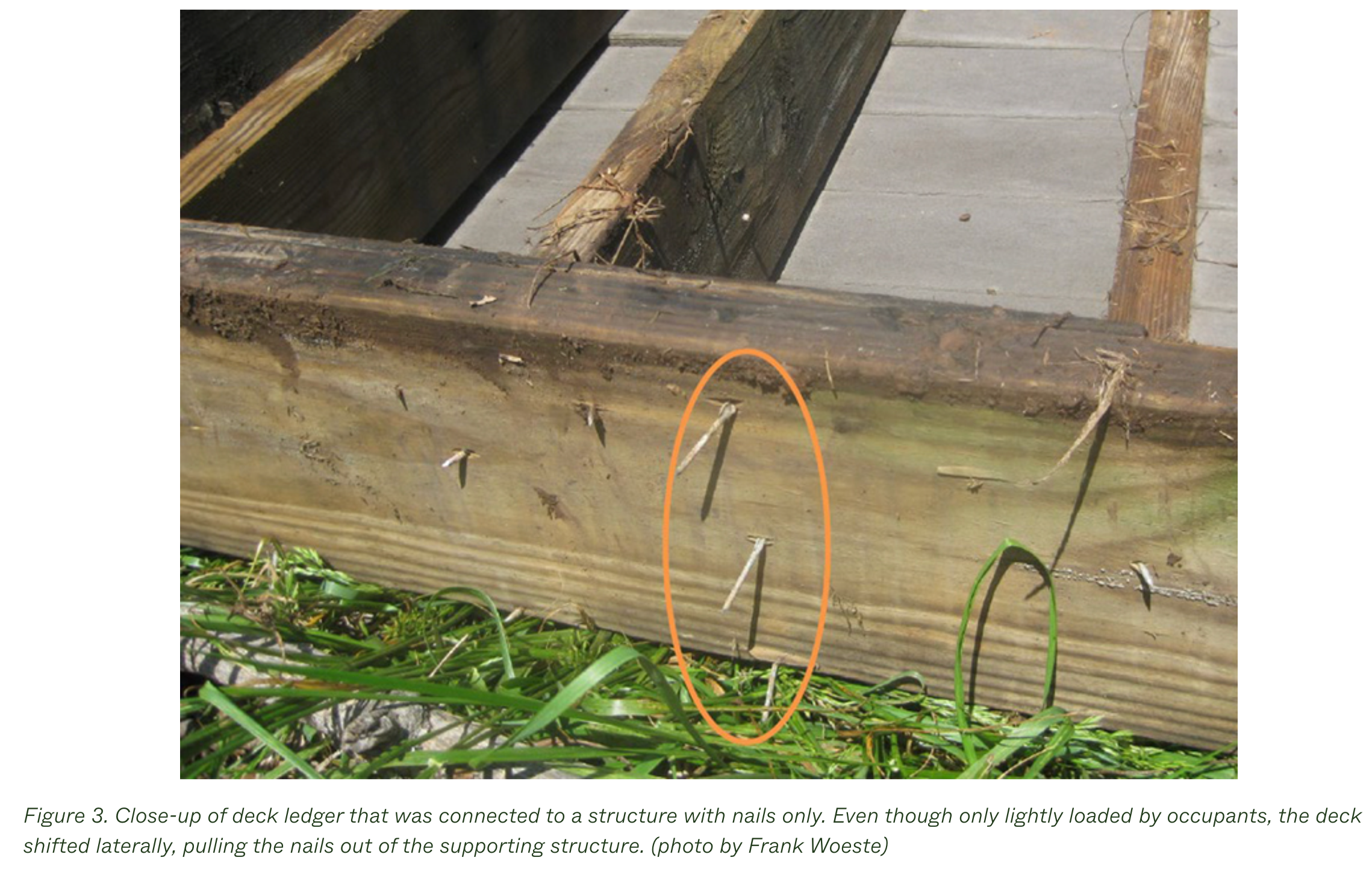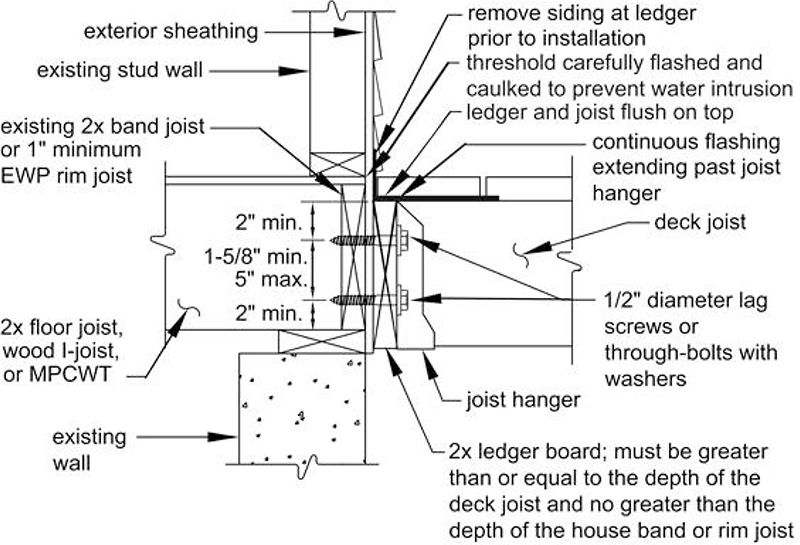This issue has two sections. The first is on an unexpected new way of thinking about emergent catastrophic risk. In the second part, for subscribers only, I talk to a recent research paper about what to do about charlatans in high-skill professions.
01. Ledgers, Risk, and Verschlimmbesserung
Apparently, decks are among the highest return-on-investment home renovations. Yes, a deck, that thing on the outside of your house where you sit feigning weary indifference to your neighbors, but are mostly annoyed at all the noise they're making, meanwhile making noise yourself and annoying them. But I digress.
Whether or not a deck really earns a high renovation ROI is beside the point, however. The key is that people add them to their house partly because they think they'll use them, and partly because they think it is a good investment.
You see decks on houses around the world, but they are most popular in the U.S. Granted, their popularity waxes and wanes, and varies by region in a dramatic way. I would not have guessed it, but, at least in new construction, decks are most popular in the U.S. northeast, the east south central region, and the western U.S.

I'm in California, and decks are widespread here, from the coastal state to the mountains. In particular, you see them in almost every home in the Sierra Nevadas. They are a common architectural thing that people have, usually built with the house, but sometimes added later. They often have a table, chairs, and a barbecue, making them an extension of indoor living space, albeit only useful in the summer months when they aren't snow-covered.
And that seasonality turns out to be important. Because decks, while useful, have consequences in mountains. To understand why, let's start with a picture of a snow-covered home. And this one is in California, which matters because California snow is special.

Before explaining why California snow is special, let's consider the above house in more architectural detail. A few things jump out. First, it is a modified A-frame, a popular style in mountain towns everywhere, but in particular in California. An A-frame home is, as the name suggests, a home with a shape like the letter "A": it has a sharply sloping roof, often all the way to the ground on each side. (The above home is not exactly like that, but the roof pitch is still similar.)
Second, the above home has a deck. Let's assume that the deck was built with the house, but it could have been added afterward. For the purpose of our discussion whether it was original or added via renovation doesn't matter.
Why are A-frames popular? In part because they are relatively inexpensive to build, but also because of physics. When you put a load on a roof, that load has to go somewhere. Put differently, the house pushes back against the snow load on the above house as hard as the snow pushes down on it. If it didn't, the home would fall down. It's that simple. An A-frame design, by its steep roof angles, splits the snow load into a vertical load and a load along the roof line, and, by doing that causes more of the load to be shed, usually literally via snow sloughing off.
You can think about the forces acting via the following figure. Gravity is vertical, but the force acting on the roof via the snow load can be decomposed into two forces, one of which is along the roof, and another is perpendicular to it, and both are dependent on the roof angle and the load. As the angle decreases, the force along the roof goes to zero and the perpendicular force approaches the gravitational load.

Now let's return to that picture of the snowy home. The roof is shedding snow at the edges and accumulating it at the top. Over time that load will grow and, eventually, the force along the angle of the roof will become greater than the friction (f) holding it in place, and the snow will slide off, lessening the load. That is, in part, why A-frames are generally such resilient designs in snowy parts of the world. (Note: Roof loads are more complicated than this. You must also account for the weight of the roof itself, as well as a de facto rotational moment included by the load. We ignore both of these.)
The deck, however, is a different story. We can estimate that the above deck has about five feet of snow on it, just based on a quick eyeballing. And that snow has nowhere to go: decks are flat, so there is no sloughing of load. There is also no splitting of the live load, given that the force vectors must be vertical on a flat deck. The only way to lessen that load is to remove the snow, and that can be done in various ways (including waiting for Spring, even if that isn't a great idea).
Now let's turn to what makes California snow special. Snow, even the fluffy kind, has mass, and that mass varies based on its water content and how compacted it is. Freshly fallen and fluffy Utah snow might weigh as little as 1 pound per cubic foot. Mositure-laden snow, like the kind that falls in California's mountains, can weigh 10 pounds per cubic foot, and, compacted, as much as 25 pounds per cubic foot. Splitting the difference, that deck could be holding 45,000 pounds of snow (60 feet long x 10 feet wide x 5 feet deep x 15 lb/ft^3). That's around the weight of five Rivian electric trucks.
While decks are strong, they aren't that strong. They are designed to hold people, chairs, and barbecues, not to showcase electric trucks, so all that snow is a material load. Matter of fact, you can see in the following figure what happens when a load isn't dealt with. This deck has buckled in two ways from the prior winter's snow. First, the railing has wowed outward; second, the deck itself has sagged materially where I have circled it.

That's too bad, you may be thinking, but hardly catastrophic. I mean, you no longer have a deck, but that's it right? That was my initial reaction too. I was wrong.
Understanding why requires a short trip into structural design and building codes. I'll start by pointing out that decks are generally not freestanding and are attached directly to homes. And they are securely attached. Understanding why and how requires a little This Old House-ing, but bear with me.
A deck must sit on something so that it doesn't fall down. And it sits on a platform, which, in turn, sits on posts, which you can see above. What you can't see, however, is that the back edge of the deck is attached to the house via what is called a deck ledger. This is a board that runs horizontally along the house and is attached to the house, with the deck itself attached securely to the ledger.
Now, the method by which the ledger is attached to the house is important. If you're like me, which is to say, terrible at home renovation, you might imagine nailing the ledger to the house and calling it a day. You know, lots of nails. The trouble is that this isn't very secure. Nailed-on deck ledgers—like the broken one below—are against building codes in most parts of the U.S. for that reason: they are prone to falling down under modest loads, like that of even a few people.

Architects and engineers have come up with a better solution. As the following figure shows, most deck ledgers are attached much more securely than the one above. They are usually secured to the interior floor joists via sets of regularly-spaced 1/2" diameter lag screws. Those will not get pulled out via a load, as happened in the above failure of a nailed-on deck ledger.

But there is an unintended effect of all this safety. Let's return to the picture of the house above whose deck has partially failed. You'll notice a small sign on the front of the house tagging the house as structurally unsound. That is not just for the deck. The house itself has been damaged by the deck failure. It should now be clear why: Deck ledgers are so securely attached to homes via ledgers (for safety reasons), that if a deck fails it takes the house with it—or at least takes some of the interior floor joists with it.
A large fraction of homes that fail in snow country fail because their deck fails, not because the roof load exceeded design limits. Sure, the latter happens, especially on commercial and apartment buildings with flat roofs, but sloped roofs shed load better and are less likely to fail. Decks, however, are a different story. They can't shed load—recall our discussion of sloughing and force vectors—and they are so securely attached to homes—for good reasons!—that when they fail they can take the house with it. Ironically, from a risk point of view, a less secure deck wouldn't cause a home to fail.
It is a fascinating example of the German word verschlimmbesserung, which translates as to make something worse by improving it. We have improved the house by adding the deck, and have improved the deck by more securely attaching it to the house. But the effect of all this improvement is to make the house a more complex system with a new and unexpected catastrophic failure mode. A modest deck failure now becomes a complete failure of the home.
I think we should steal the word "ledger" from home construction and apply it in thinking about complex systems. A ledger is thus anything that in making something safer introduces a new failure mode, often a catastrophic one. We create something catastrophic by preventing a different catastrophe.
Perfect safety, it has been said, is for people who don't want to live in the real world. The quest for perfect safety can lead in unexpected directions, like to ledgers: new and unexpected modes of catastrophic failure. Deck ledgers—real and metaphorical—are everywhere if you look hard enough.
02. Talking to a Paper
A recent paper (Regulation of Charlatans in High‐Skill Professions) argues that it can be a consumer-damaging error to regulate what it calls high-skill professions, like medicine, engineering, and law. While regulation might reduce charlatans—people who knowingly can't do the work they propose to do—it can reduce consumer welfare more than any gains.
As usual, I had a conversation with the paper via an LLM:

